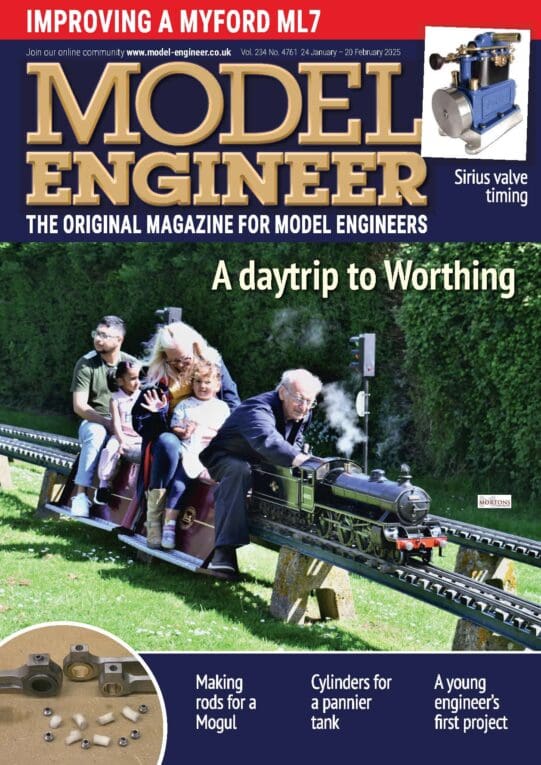On
28 June 2024 at 09:21 Vic Said:
How do you know when the cutter is too big?
When the belt slips, the motor stalls or the cutter chatters. Although all of these can be cured by reducing the depth/width of cut.
Also:- When the chips are blue even at the lowest spindle speed.
Lastly:- When the cutter won’t fit into any of the available tool holders.
Might seem light hearted (‘cos they are) but these are genuinely the correct answers.
Good post. I agree with all of your points. 🙂
How I do it too – on a manual mill! Mine is a WM18 with a 1100W DC motor and 2-speed gearbox. Although the DC motor maintains torque reasonably well at reduced RPM, it pays to follow Jason’s advice and run the motor fast with a small diameter cutter rather than slow with a large diameter cutter. Mostly, not always!
But Derek’s question relates to a CNC machine. Don’t have one myself so could be talking rubbish, but I see CNC as being set up more scientifically than the touchy feely methods that work well on a manual machine.
A stall means the machine is way off, either speed, depth-of-cut, and/or feed-rate. Reasonable for a quick thinking operator to correct these on a manual machine by feel, but a CNC machine shouldn’t be run experimentally to find the stall point. A stall only happens if the operator missed an important step in the ‘Numerical Control’ part of CNC. Someone guessed rather than doing a proper job!
Ideally, a CNC machine is told exactly what to do in advance, working to pre-calculated parameters, that ‘just work’. The material, cutting operation, removal rate, and other factors are balanced against the machine’s power, torque, and rigidity. Could be derived experimentally – might even be essential – but in general, planning is far more likely to pay off. Getting the control program right allows the machine to accurately cut complex shapes in 3 or more axes, without stoppages.
I suspect the seat of the pants methods I happily use on my manual machines would be time-wasters in a CNC shop. My feeling is getting the best out of CNC requires different skills, including a better understanding of the power/torque/rigidity relationship.
What do CNC operators think? Do manual skills transfer directly to CNC, or does CNC require additional planning?
Dave
Anonymous.






